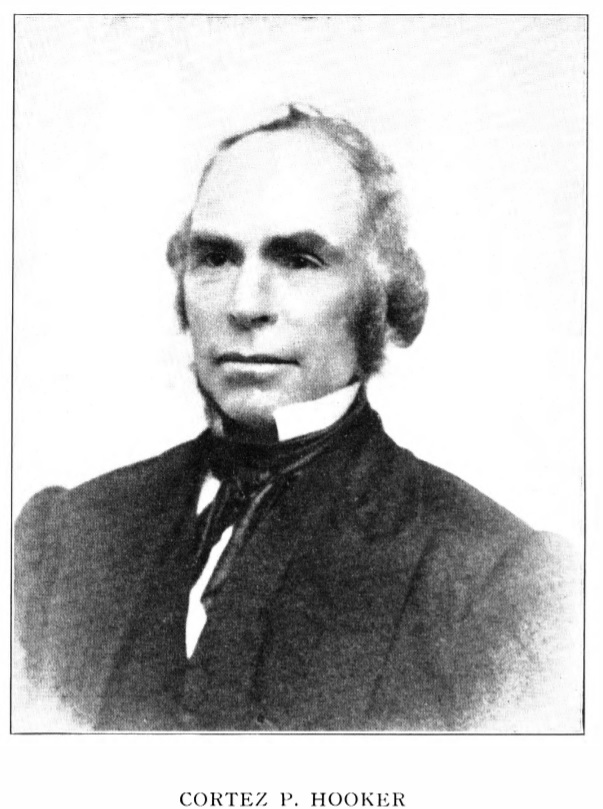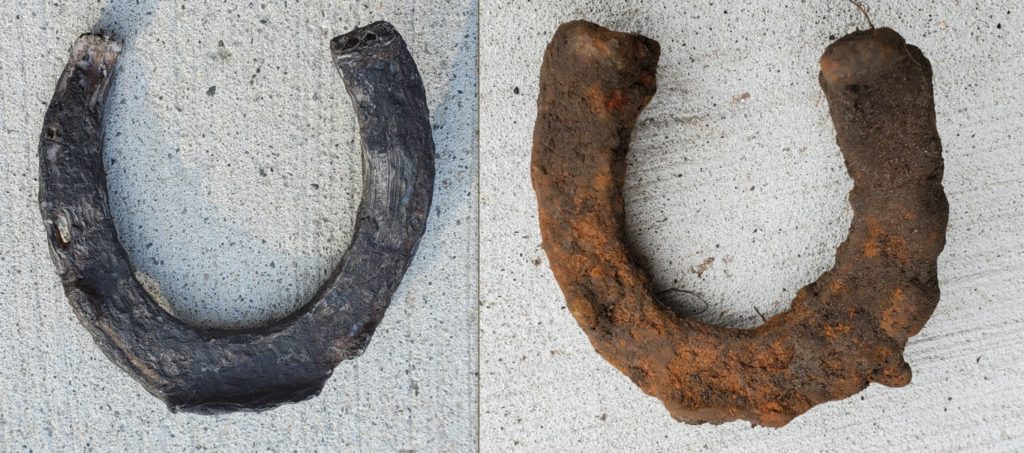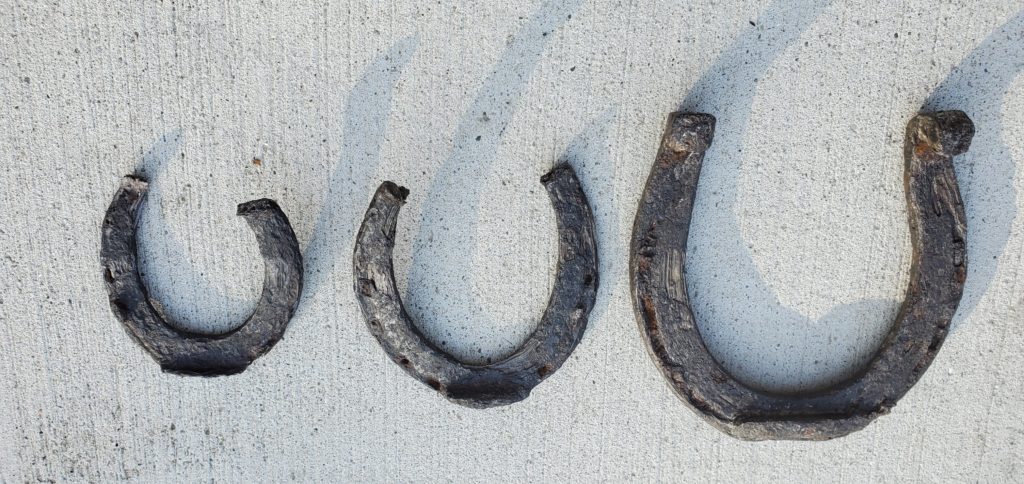After moving to Chesterfield Township in 2018, I was interested in learning more about the local history. I admired the woods behind my home, and I wondered what, and who, was here before. I thought I’d share what I have learned so far, in case others are also curious. I’m also interested in learning what my neighbors know about our local history.
I found a few resources that made my research easier. The most interesting was a map from 1875 from Historic Map Works. This older website is not suited for mobile devices, and is best viewed from a laptop or desktop computer. My favorite feature is the ability to blend the old map with the latest Google Map. Using this tool, I quickly learned that my home sits on what was once part of Cortez Hooker’s farm. His land to the east of Jefferson is Brandenburg Park today. To the west, the Salt River passed through the property of Alexander and Eliza Atkins. On the Atkins plot, the map showed an old homestead. That location is within the woods today, so I grabbed my metal detector to see what bits of history I could coax from the ground.

my home sits on what was once part of Cortez Hooker’s farm. His land to the east of Jefferson is Brandenburg Park today
Sadly, metal detecting these woods usually yields a lot of trash. Beer cans, pull tabs, bottle caps, nails, and discarded automotive bits that have accumulated from decades past. A hood from a Volkswagen Beetle sits near the remnants of a discarded furnace. With each walk I try to haul bits of junk back to the house for proper disposal, vowing to leave the woods cleaner than how I found it. I regularly dig brass shotgun shells that once had paper tubes instead of today’s plastic. I also find odd household items such as makeup cases, kitchen cutlery, and other items that I sense are a sad reminder of the massive tornado that struck our area on May 8, 1964, taking with it 13 lives.
In November and December 2020, the woods did yield reminders of a time before the area was covered by trees. I’ve unearthed 3 old horseshoes on 3 separate walks, each about 9 inches deep. This was mostly farmland in the mid-to-late 1800s, with the woods growing after the property owners stopped farming.
An excerpt from History of Macomb County, M.A. Leeson, 1882:
Cortez P. Hooker was born at Hampton, Washington Co., N. Y., in 1814; on coming to this district of Michigan, in 1837, he located lands in Clinton Township , where he remained three years; he next purchased a wild farm in Washington Township , where he has lived for ten years. He was married, in 1842, and moved to Ashley, now New Baltimore, in 1851. Mr. Hooker carried the first mails from the tavern at the Gratiot Road Crossing for a term of one year, until T. M. Crocker was appointed Postmaster, who retained the position for three years, when he was elected District Attorney and moved to Mt. Clemens. A reference to the political chapter will show the popular vote which sent Mr. Hooker to the Legislature in 1819, and to the Senate in 1855 . He was one of the leading merchants of the town for about four years, but for the last eighteen years has devoted his entire attention to agriculture, being
p. 910, History of Macomb County, M.A. Leeson, 1882
one of the most extensive, if not the most extensive, farmer in the county .
Horseshoes can be difficult to age, but given the construction of the shoes they likely range from the mid-to-late 1800s The largest shoe was for a rear hoof and is quite large, likely from a draft horse that pulled a plow. The horseshoes were heavily corroded, with nearly a half an inch of rust in some areas. I wanted to remove the rust yet avoid damaging the brittle metal, so I used electrolysis. This process applies 12 volts of electricity to the rusty object while suspending it in a solution of water and sodium carbonate. Each horseshoe required 3 days of electrolysis to remove the rust. I then used a product called Renaissance Wax to preserve the shoes and prevent future corrosion.


There are likely older relics waiting to be uncovered, given the area’s rich history of Native American settlement and agriculture, in addition to the French and British settlers that fought for control of the land in the early 1800s. Generations made a living off this land, and we’re only the current caretakers. For those who regularly walk the area’s woods for relaxation, let’s do our best to remove the trash to make the woods a safer, more beautiful place for the next generation of residents.
